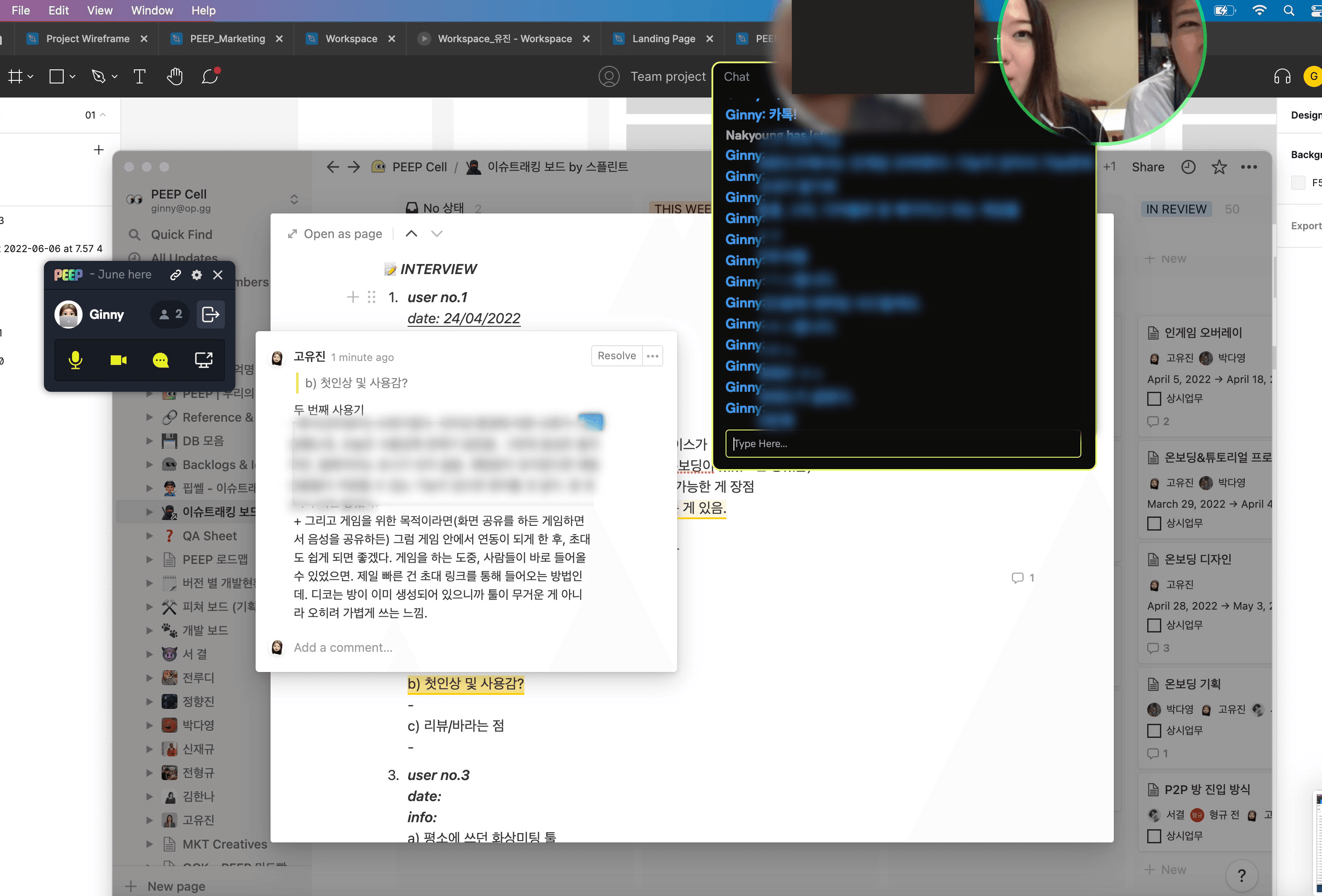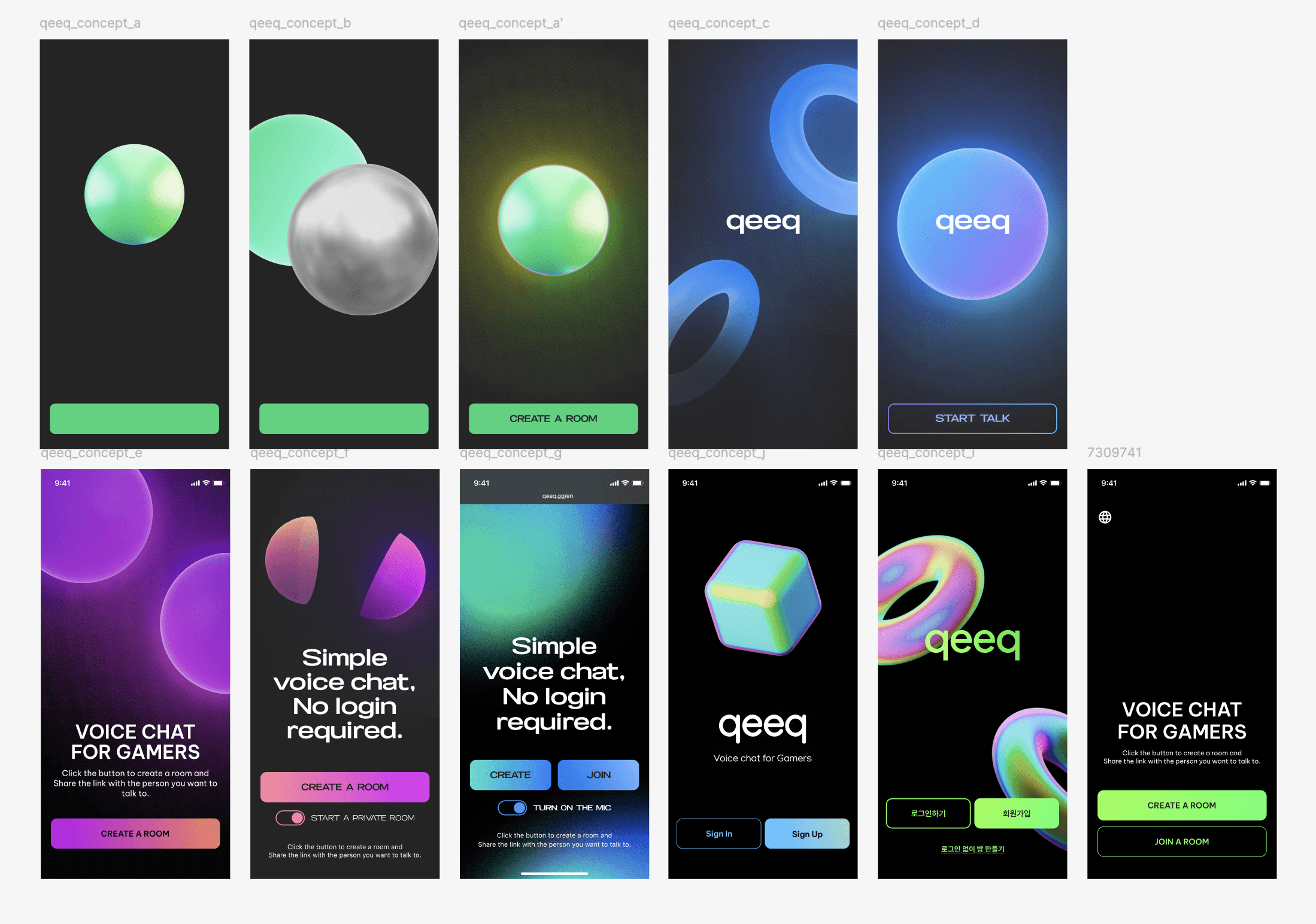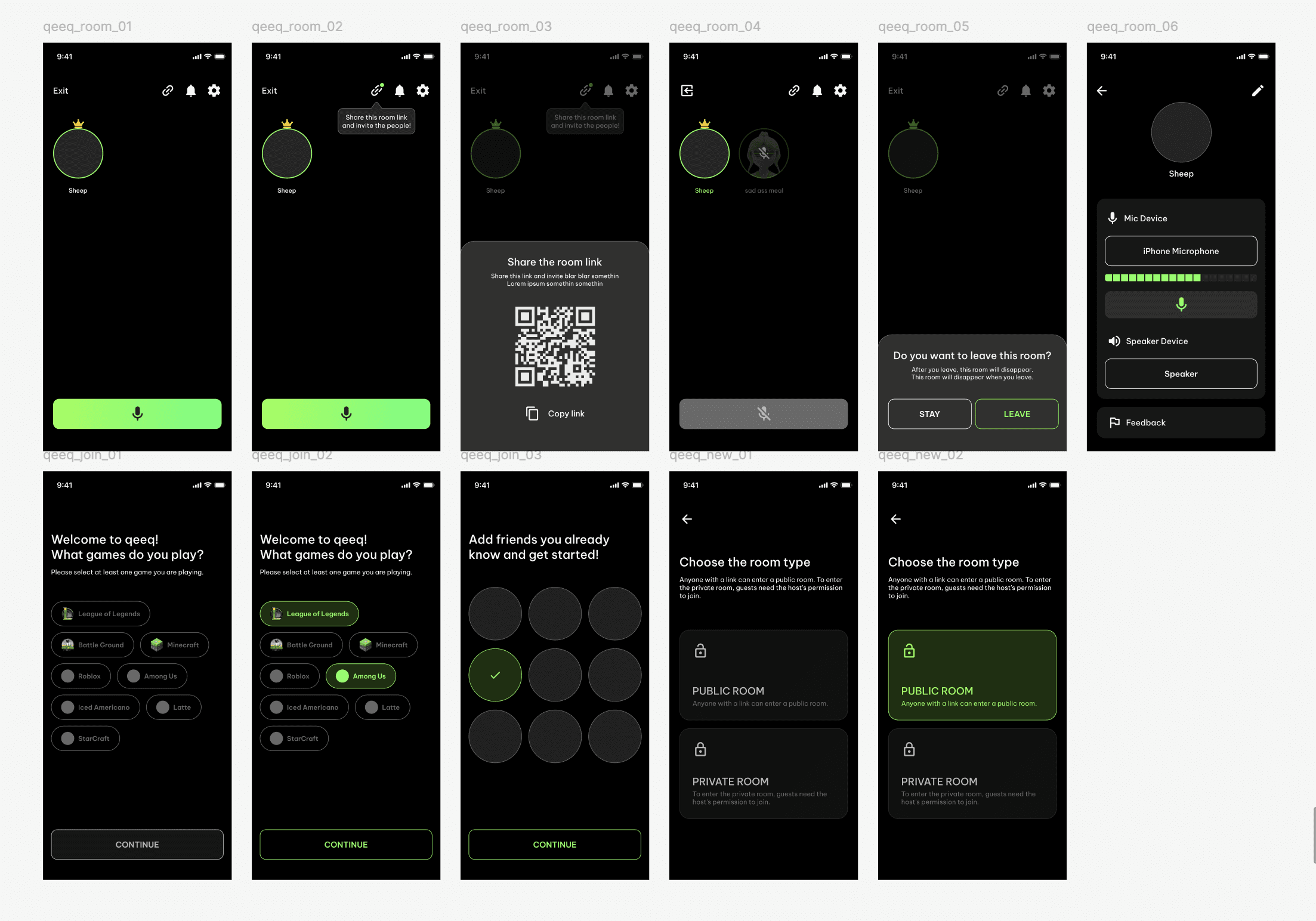The power of simplicity: from zero to 100+ weekly users
A strategic pivot from virtual meetings tools to voice chat
Refocused a feature-heavy product by leveraging user research to cut through complexity and deliver a streamlined, lightweight voice chat service that drove significant organic growth.
Company
OP.GG
Services
Desktop App & Web Design Mobile Design
Industries
Tech & Software
Date
2022 - 2023
OP.GG, a leading global gaming data platform with 55 million MAU, developed a new virtual meeting tool called 'PEEP.' The original goal was to create a comprehensive, feature-rich platform for a seamless online meeting experience. However, after more than two years of development, it became evident that the tool’s complexity was not resonating with its users, despite continuous iteration and marketing efforts. Serving as the sole product designer on a collaborative team, consisting of four developers and one project manager, I had the flexibility to experiment quickly. Our team operated with the autonomy and agility of a startup, yet were backed by a well-funded subsidiary, which gave us the freedom to test and iterate without immediate financial constraints. Upon joining, I re-evaluated the product’s direction through extensive user research, leading to a strategic pivot - transforming the service from a general virtual meeting tool into a lightweight, gamer-friendly voice chat service that better aligned with user needs.
✦
Promotion video
Watch the video here (click)
Challenge
After two years of development, the team had been focused on expanding features, improving UI, and optimising marketing strategies, but user engagement remained low. My initial contributions included: · Redesigned the landing page, refining UX writing, and improving CTA placements · Introduced and enhanced features to improve usability · Designed marketing content, including ads on OP.GG’s main platform (55 million MAU) Despite these efforts, user adoption did not improve. The most critical issue was that users weren’t even downloading the app, making feature improvements ineffective. This led me to a fundamental question: What does "convenience" actually mean to our users? While the team had assumed that a seamless, feature-rich experience would attract users, the reality was different. The product was fully functional, but the lack of an active user base signalled a deeper problem.
Approach
Realising that we lacked a clear understanding of user behaviour, I initiated a start-from-scratch approach through user and internal research. ✦ User Interviews Conducted in-depth interviews with a range of users, including startup CEOs, marketing heads, college students, and gamers, to uncover pain points. While users found the concept interesting, they didn’t see the product as essential - they were already comfortable using existing communication tools. ✦ Team Interviews I interviewed team members to understand their definition of the product, their reasons for joining the team, and their vision for its success. Through these discussions, I discovered that each team member had a different perspective on the product’s direction and purpose, revealing a misalignment in expectations and goals. ✦ Defining the Core Issue Through these interviews, it became clear that users didn’t want another complex, feature-rich virtual meeting tool. Instead, they preferred something simple and easy to use, and our broad target audience made it difficult to define a compelling value proposition.
With these findings, I advocated for a product pivot: Narrowing our target audience to gamers, where real-time voice chat was essential. Simplifying the product, removing unnecessary features that added complexity. Optimising accessibility, eliminating the need for logins or registrations. To bring this pivot to life, I explored various design concepts that clearly reflected the new purpose and target audience. The new version needed to be: ✦ Fast - No logins or registrations required. ✦ Simple - Users could start a voice chat instantly by copying and sharing a link. This pivot resulted in "qeeq", a web-based voice chat service optimised for gamers. Unlike Discord, which required login and authentication, qeeq allowed users to start chatting immediately - a key benefit for Korean users who frequently played in PC cafés and found login processes inconvenient. Since qeeq was web-based, development was more manageable for the team, as the core technology had already been built under the previous product, PEEP. This allowed us to launch a beta version quickly, with plans to expand into a mobile app.
Outcome
The pivot led to a more focused product that resonated better with our target users. The number of active users grew from a small handful to over 100 weekly users, despite minimal marketing efforts. The streamlined experience made the service easier to use, and adoption within the gaming community began to grow organically. However, despite these improvements, the service was ultimately shut down due to shifting company priorities. As pandemic restrictions eased, OP.GG’s subsidiary - heavily tied to League of Legends revenue - saw a decline in profits. In response, the company introduced a re-evaluation system, requiring all non-profitable projects to demonstrate financial viability within a set period. Our team was unable to secure continued funding, leading to the project's closure. While the research and pivot had shown meaningful improvements, the decision to discontinue was based on company-wide financial restructuring rather than product performance.
I was exploring concise design concepts for a voice chat tool!
















